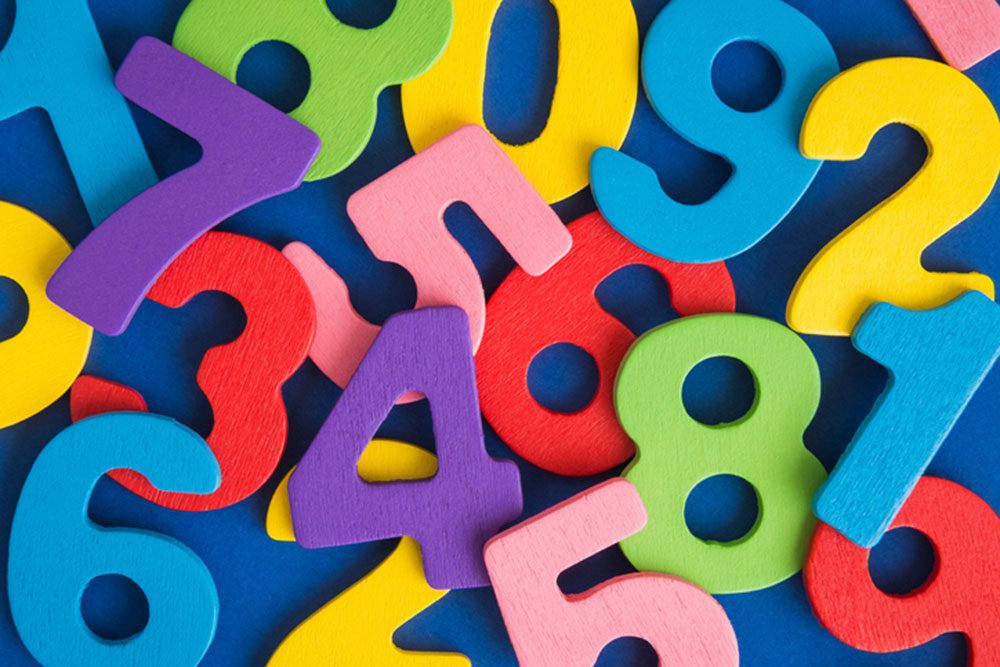
iStock
DIFFICULTY CONVERTING measurements (500g of rice), estimating the length of a familiar drive and figuring out how much to tip may all stem from a common if unfamiliar learning disorder called dyscalculia.
Compared to dyslexia, dyscalculia—also called math dyslexia—affects almost as many people and plays a role in everything from time management (running out of time or arriving very early) to motor function, such as learning a dance routine.
Under its listing in the DSM-5 under “specific learning disorder,” the explanation “not attributed to intellectual disabilities…” is particularly reassuring for those who mistakenly add zeroes when describing the size of a neighbor’s house or who forget an address immediately after hearing it.
Dyscalculia is increasingly diagnosed in school-age children, affecting 5 to 7% of U.S. students, compared with 5 to 12% for dyslexia. On the other hand, dyslexia research and reports in scientific journals occur nearly 14 times more frequently than dyscalculia.
Even for those considered “good at math” early on, dyscalculia can cause problems, especially once they reach higher-level problems that require manipulating symbols. Having “little creativity with numbers” accompanies uncertainty about solving basic mathematical equations, according to CogniFit.
Many, though, find challenges in “simple mathematical operations,” such as counting backwards, understanding place value and reading analog clocks—and count using their fingers in place of mental calculations.
Difficulties with estimation can interfere with everything from creating a daily schedule to assessing the size of container needed for leftover food or suitcase for a week-long vacation. And problems with spatial awareness can mean hitting your head on furniture when searching for lost objects.
Memory—both short-term and working memory—plays an important role in most calculations. For solving problems, poor working memory interferes with the temporary storage and manipulation of information needed for keeping track of instructions and paying attention.
And poor short-term memory affects keeping track of formulas and tables, such as for multiplication and fractions, as well as of small amounts of information while completing tasks. Dyscalculia overlaps with attention deficit disorder: about 20% of students with ADD also have dyscalculia.
Basic tools to deal with dyscalculia include keeping scratch paper on hand, for example, at meetings to figure out numerical issues as they arise. Another is to post tables and charts where they might be needed, such as common conversion formulas in the kitchen.
For kitchen and office, time management tools like cellphone alarms and timers can help—especially if kept close at hand with phone belts and timers worn around the neck.
Additude offers a free “symptom test” for adult dyscalculia.
CogniFit also offers testing along with a program of “cognitive stimulation”—described as a “series of online therapeutic activities [for] adults with dyscalculia,” based on theories about brain neuroplasticity. These activities are promoted as better tailored for individual profiles than games like sudoku or “brain games” that are touted to improve mental acuity.
(The cost of CogniFit programs, unavailable until you register, is estimated at upwards of $20/month. More importantly, though, research does not yet fully support the beneficial effects of brain games, exercises or activities on neuroplasticity.)
For me, what helped most was simply learning about dyscalculia so that I worry less about my mental functioning when losing track of zeroes in recounting figures or when what looks like a vast expanse of time for running errands turns into a rush. I’ve always known about the need to double-check my numerical reports and for years have relied on an around-the-neck timer for cooking.
What also helped me was that the friend who first told me about experiencing her own dyscalculia is one of the most brilliant and capable women I know.
—Mary Carpenter
Every Tuesday, well-being editor Mary Carpenter reports on health news you can use.

Mary, Thank you so much for this piece on dyscalculia. I have been saying for years now that, “I don’t do numbers.” Your article explains so many things to me about my (bad) relationship with numbers. For example, I could not tell time on an analog clock until I was 12 years old. I always lose track of zeroes. I have a terrible sense of spatial relations. Thank you for giving me a name for this. Amy